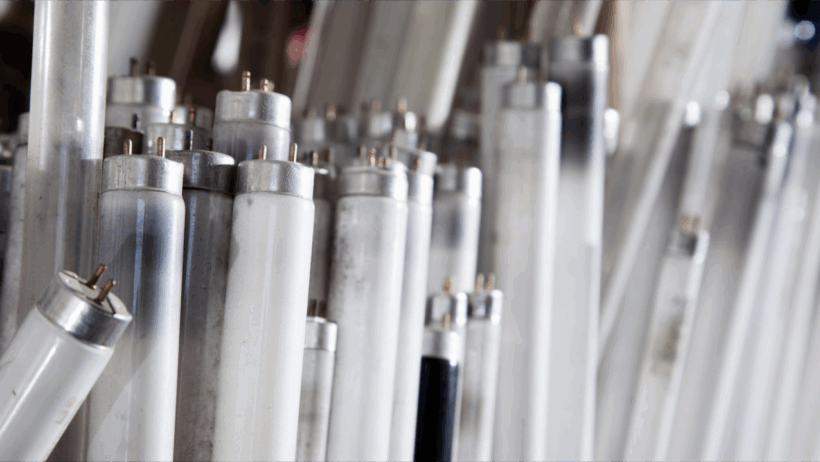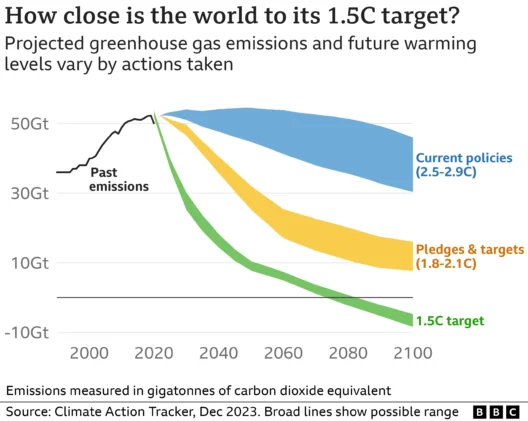Have you ever gazed at your electric bill and wondered why it seems to creep higher each month? Could the answer lie in the very bulbs illuminating your home? Energy conservation has never been more vital, especially as concerns regarding climate change and rising energy costs loom large. With the right choices in lighting, you can not only reduce your energy consumption but also enjoy a more comfortable home while keeping your bills at bay. Let’s delve into some inventive strategies to revamp your lighting habits, ensuring both savings and sustainability.
The first step in embracing energy-efficient lighting is understanding the types of bulbs available. Traditional incandescent bulbs have long been the standard, but their inefficiency is undeniable. These bulbs convert only about 10% of the energy consumed into light — the rest dissipates as heat. This fact poses a challenge for those of us trying to lower our carbon footprint. Transitioning to Compact Fluorescent Lamps (CFLs) or Light Emitting Diodes (LEDs) represents a pivotal shift in energy conservation. CFLs use roughly 75% less energy than incandescent bulbs, while LEDs can last up to 25 times longer and consume 80% less energy. Imagine the impact on your energy bill if every bulb in your home were an LED instead!
But why stop there? Incorporating natural light into your home is an equally essential strategy. Daylighting, the practice of using sunlight to illuminate indoor spaces, can significantly reduce your reliance on artificial lighting throughout the day. Consider implementing larger windows, skylights, or even light tubes — these innovative solutions efficiently channel natural light, minimizing the need for electric lights. Furthermore, arranging mirrors strategically can amplify natural light, enhancing brightness in rooms and reducing the dependence on artificial sources. The challenge lies in redesigning spaces, but the potential benefits to your energy bill are substantial.
To complement energy-efficient bulbs and daylighting, it’s imperative to establish smart habits around lighting use. One well-recognized practice is the 60/90 rule: if you are in a room for less than 60 minutes, consider turning the lights off. For longer durations, consider installing motion sensors or timers. These devices ensure that lights are only on when needed, further cutting down energy usage. With the proliferation of smart home technology, this strategy is easily implementable. Smart bulbs can be programmed to turn off automatically or to dim based on the time of day or occupancy, providing an effortless way to conserve energy.
Moreover, understanding the imperative of color temperature plays a significant role in energy conservation. Light color can impact not only ambiance but energy consumption as well. Warmer light (around 2700K to 3000K) is more suitable for living spaces, while cooler temperatures (4000K and above) are ideal for task-oriented areas such as offices or kitchens. Utilizing a balanced array of light temperatures can provide a comfortable environment while being energy efficient. Balancing your lighting scheme presents another exciting challenge that can yield delightful results.
Additionally, consider the conservation potential of external lighting. Outdoor lighting, while necessary for safety and aesthetics, can often lead to significant energy waste. By upgrading to solar-powered outdoor lights, you can drastically reduce your fossil fuel dependency. Solar lights charge during the day and illuminate your pathways or garden at night without drawing from your electricity supply. This sustainable alternative reduces energy costs significantly while offering a charming nighttime ambiance.
With the advent of new lighting technologies, it’s crucial to remain informed and vigilant. Energy label ratings are a valuable resource when selecting bulbs. Look for the ENERGY STAR logo, which indicates compliance with efficiency guidelines set by the U.S. Environmental Protection Agency. Such bulbs may be a little more expensive upfront, but the long-term savings on energy bills can quickly overshadow initial costs. Moreover, investing in quality bulbs minimizes the need for frequent replacements, aligning with sustainable practices.
Finally, it’s essential to educate others about the benefits of energy-efficient lighting. Share insights with family, friends, and community members about how seemingly small changes can lead to big savings. Host workshops or discussions focusing on energy conservation, creating a ripple effect that fosters a culture of sustainability. The challenge of educating and inspiring others may be daunting, but collective action can lead to greater awareness and meaningful change.
In conclusion, conserving energy through thoughtful lighting choices is multifaceted, merging awareness with actionable strategies. Opting for LED or CFL bulbs, maximizing natural light, integrating smart technology, paying attention to color temperatures, re-evaluating outdoor lighting, and leveraging energy efficiency ratings can transform your household energy footprint. Embrace these bright ideas for illumination; not only will you enjoy lower bills, but you will contribute positively to the health of our planet. So, the next time you find yourself peeking at your electric bill, you may just want to turn the lights on — but only the energy-efficient ones, of course!







